The 2014 Corvette makes pacing a race look too easy, but the Indy 500's 102-year history isn't all filled with super speed.
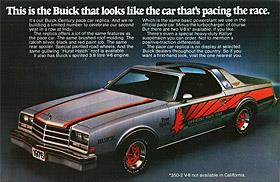 Before cars turned a tire at Indianapolis Motor Speedway, hot air balloons raced overhead a 2.5-mile oval that in 1909 was filled with crushed rock and tar, a dangerous combination that had motorcyclists complaining of treacherous conditions.
Before cars turned a tire at Indianapolis Motor Speedway, hot air balloons raced overhead a 2.5-mile oval that in 1909 was filled with crushed rock and tar, a dangerous combination that had motorcyclists complaining of treacherous conditions.Months later, workers laid the track with paved bricks, and for the next 100 years, the Speedway would too pave the way for some of the world's fastest circuit speeds (by 1961, the entire track was finished with asphalt, but a three-foot strip of original brick still lies on the straightaway). In 1911, the first Indianapolis 500 tore up the track with an average winning speed of 74 mph, an experience no less frightening than taking an early aircraft into the skies.
But safety, even in the early racing days of goggles, skinny tires and no seat belts, would become paramount at the track. Starting in 1911 -- before its world-first safety warning lights and mandatory helmet rule in 1935 -- pace cars were ordered to lead the Indy 500 on a rolling start after one lap. They've been in place ever since.
To that end, we've compiled some Indy 500 pace cars that aren't the typical Corvette, Camaro or other sporty cars that steal the show in our modern times.
1911 Stoddard-Dayton
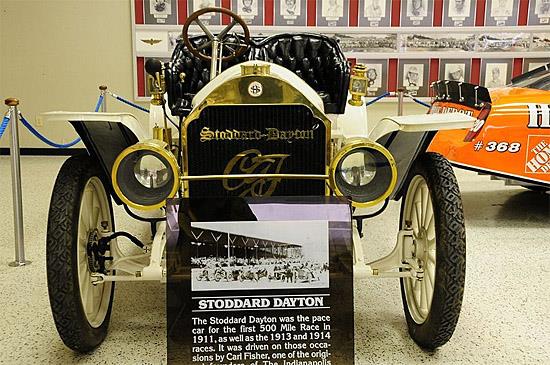 With today's open-wheeled Indy racers screaming past 230 mph, this wagon-wheeled Stoddard-Dayton was actually quick for its day, promising up to 58 horsepower. The Ohio manufacturer, like many early automakers, keeled over in 1913.
With today's open-wheeled Indy racers screaming past 230 mph, this wagon-wheeled Stoddard-Dayton was actually quick for its day, promising up to 58 horsepower. The Ohio manufacturer, like many early automakers, keeled over in 1913. 1956 DeSoto Fireflite
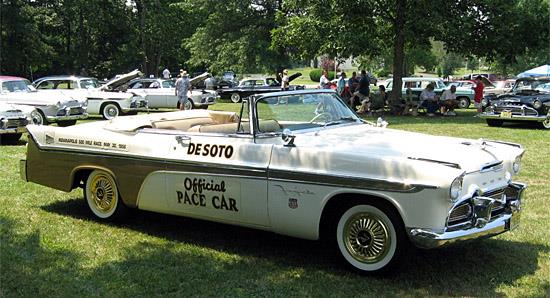
DeSoto, a defunct Chrysler brand, was building luxurious cruisers in 1956, near the end of its life. With tailfins, lazy V8 engines and options such as swiveling front seats and an in-dash 45-rpm record player, the Fireflite may not have belonged on a race track, but it sure looked pretty.
1976 Buick Century Turbo
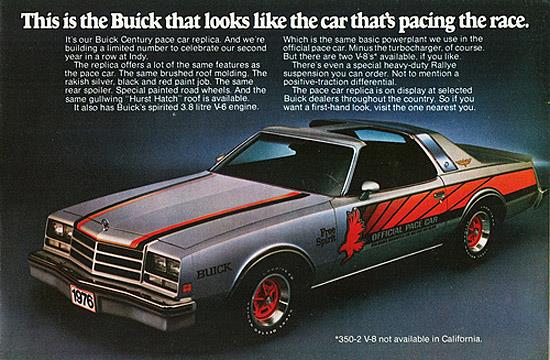
Buick's 270-horsepower Regal GS can give all credit to this 1976 Century Turbo, which was specially developed for the Indy 500 with a turbocharged V6 that proved faster than the production car's huge V8 engine. The 70s-era deep-dish red wheels, T-top and bird graphics might be dated -- plus, the replica seen here didn't include the turbo V6. On the track, though, this Century made it happen, unlike what the model name would become by the late 90s.
1987 Chrysler LeBaron
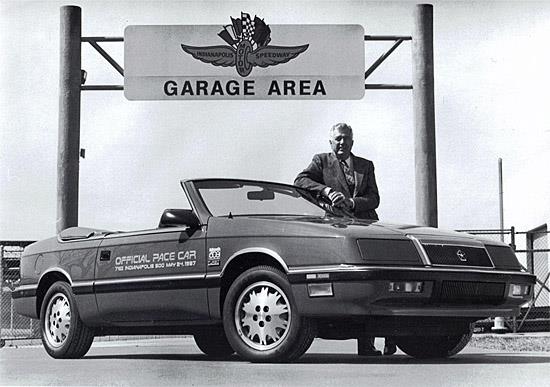
The Chrysler LeBaron gets as much flack now as the company's Sebring, yet this popular model wasn't a joke on the track. Chrysler fitted a larger turbo and low-restriction intercooler, a new header and tossed the A/C and catalytic converter. The result was 236 horsepower and a 151-mph top speed. That apparently was enough for driver Carroll Shelby, who was also busy at that time modifying the company's Omni hatchback and Charger coupe into "Goes Like Hell" specials.
1988 Oldsmobile Cutlass Supreme

Unlike earlier Olds 4-4-2 pace cars, this 1988 Cutlass Supreme convertible literally fell apart when it was sold as a series of 50 convertible replicas. The body leaked and wasn't strong enough, and many cars were immediately junked. The heads-up display, however, was an industry first.
autos.msn.com
No comments:
Post a Comment